

Takras
gamer level 6
6435 xp
6435 xp
followers
91
91
Use my invite URL to register (this will give me kudos)
https://boardgaming.com/register/?invited_by=takras
profile badges


...
...
recent achievements

Comment on your favorite LGS
Add a comment on your favorite local game store page to tell people what you like about your LGS.
Add a comment on your favorite local game store page to tell people what you like about your LGS.

Follow a Local Game Store
Follow a local game store. The purpose of following is to get notifications when comments are added to the board.
Follow a local game store. The purpose of following is to get notifications when comments are added to the board.

Spread the Word
Find your favorite games and share them with your friends via the social sharing buttons.
Find your favorite games and share them with your friends via the social sharing buttons.

Professional Reviewer
Review 21 games and receive a total of 2270 positive review ratings.
Review 21 games and receive a total of 2270 positive review ratings.
Player Stats
Critic (lvl 4)
2875 xp
2875 xp
Explorer (lvl 1)
164 xp
164 xp
Professor (lvl 3)
980 xp
980 xp
Reporter (lvl 1)
256 xp
256 xp
About Me
I'm from the extremely beautiful Norway. I live just near the famous Pulpit Rock (look it up) and have a great gaming group in the area which I play with.
I like most games, except for games with heavy influence or economic mechanisms. I also make a video review series, which can be found on BGG under the same callsign. It's in Norwegian though, but very high production quality.
I love to try out new games, but I also find myself playing older games over and over - fortunately.
I'm almost a boardgame-a-holic.






















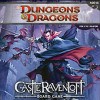






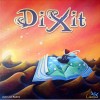









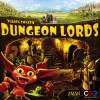









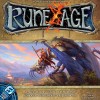















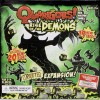




















































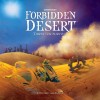





















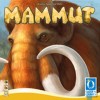

























Villainy
So when I got this game I was really curious. The graphic design choices were quite awkward. The box itself is going for a super hero comic magazine and it sort of achieves its goal. The color choices are very dark and contrasty, which kind of distorts the art from coming out nicely. Add that to a box with low quality as expected from Mayfair, you get a pretty poor result.
Inside the box you’ll find dozens if not hundres of components which you have to punch out, and it takes quite a while to do so. You get a whole lot of useless counters with verbs on them, so that you can name your own villain. Oh yeah, you play as a super villain in this game, which is kind of nice. The first villain to defeat the cities superhero becomes the victor of the game. You can’t do it by yourself, however.
In order to win you need to start small, hire henchmen and work yourself up. You need money, so sometimes you just have to go to work. Even your henchmen can go to work. Each henchmen and yourself have three types of statistics: strength, charisma and dexterity – or something of the sorts. To keep track of the stats, you have some cardboard punch outs which functions as knobs that points at the right stat. This seems kind of smart at first, but it really doesn’t work well in the long run.
On your turn you can either do something yourself as the villain, or you can send a henchman to do it for you. When the action is done, you become tired and have to go to work in order to act again later. This is really clunky and seems very half arsed when looking at the whole picture. The mechanism is there to keep you from going berserk with actions, but the whole upkeep step and control of this just doesn’t work well. It feels very forced upon you and not a natural part of the game.
I could go on explaining all the different mechanisms, but they all come down to the same issue: it feels like a half baked game. There’s no polish on the surfaces and a lot of the game doesn’t flow well. You can initiate tons of fighting which easily could go to the strongest player each time. You draw random cards which also initiates fights a lot, and you have to pause the game to roll dice and check the winner. This happens all the time.
The theme is good and the humor is definitely there, but everything else is fiddly and doesn’t fit the games premise. Also, when facing the super hero after you have deleted the internet (and saved all the funny cat videos first), it’s easy to be knocked back to the stone age. The game lasts too long and before it’s done you probably just want it all to end anyway.
I cannot recommend this game. Fiddly, ugly and cheap components and it takes too long. It’s not easy to learn either, because the mechanisms doesn’t feel natural to the theme.